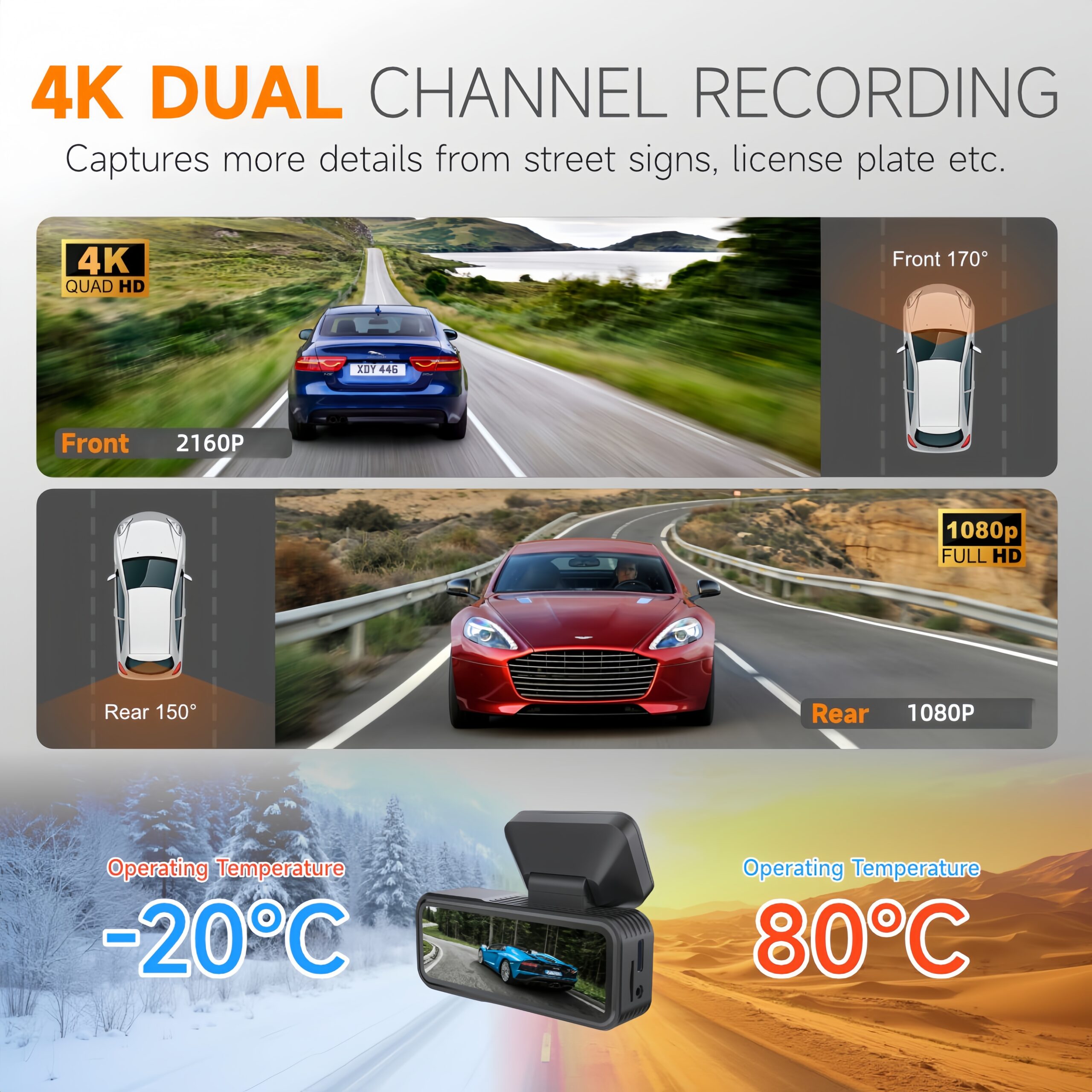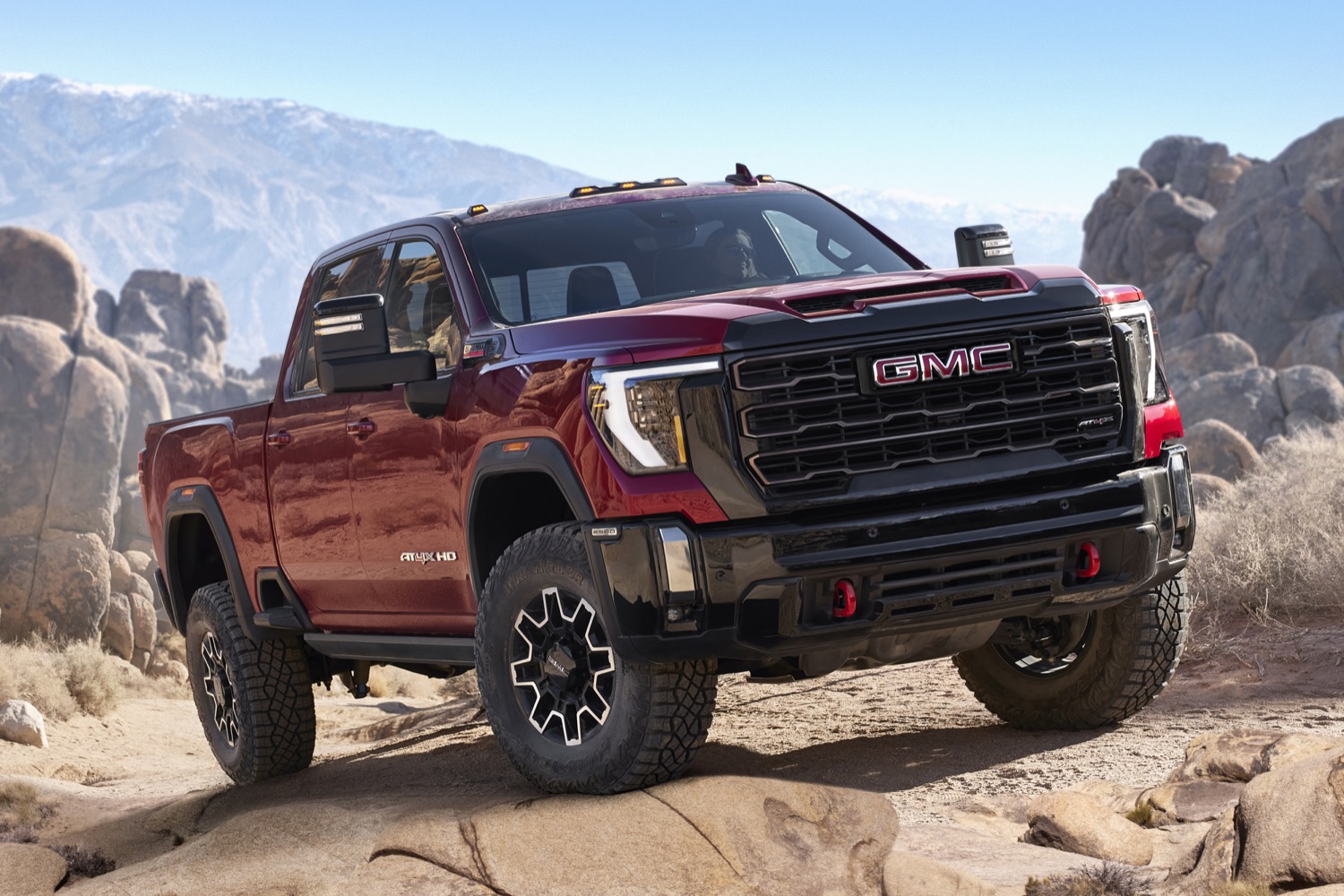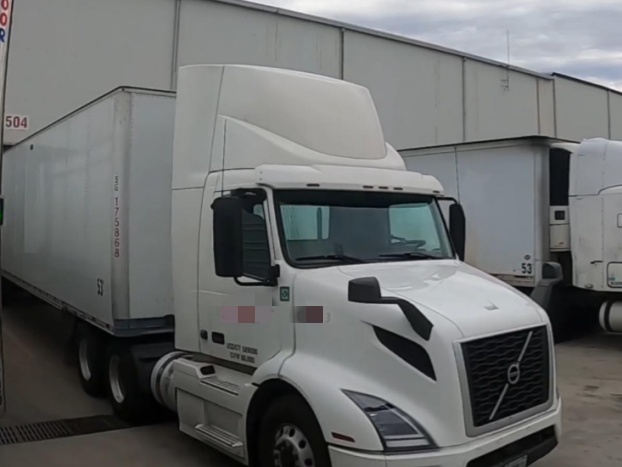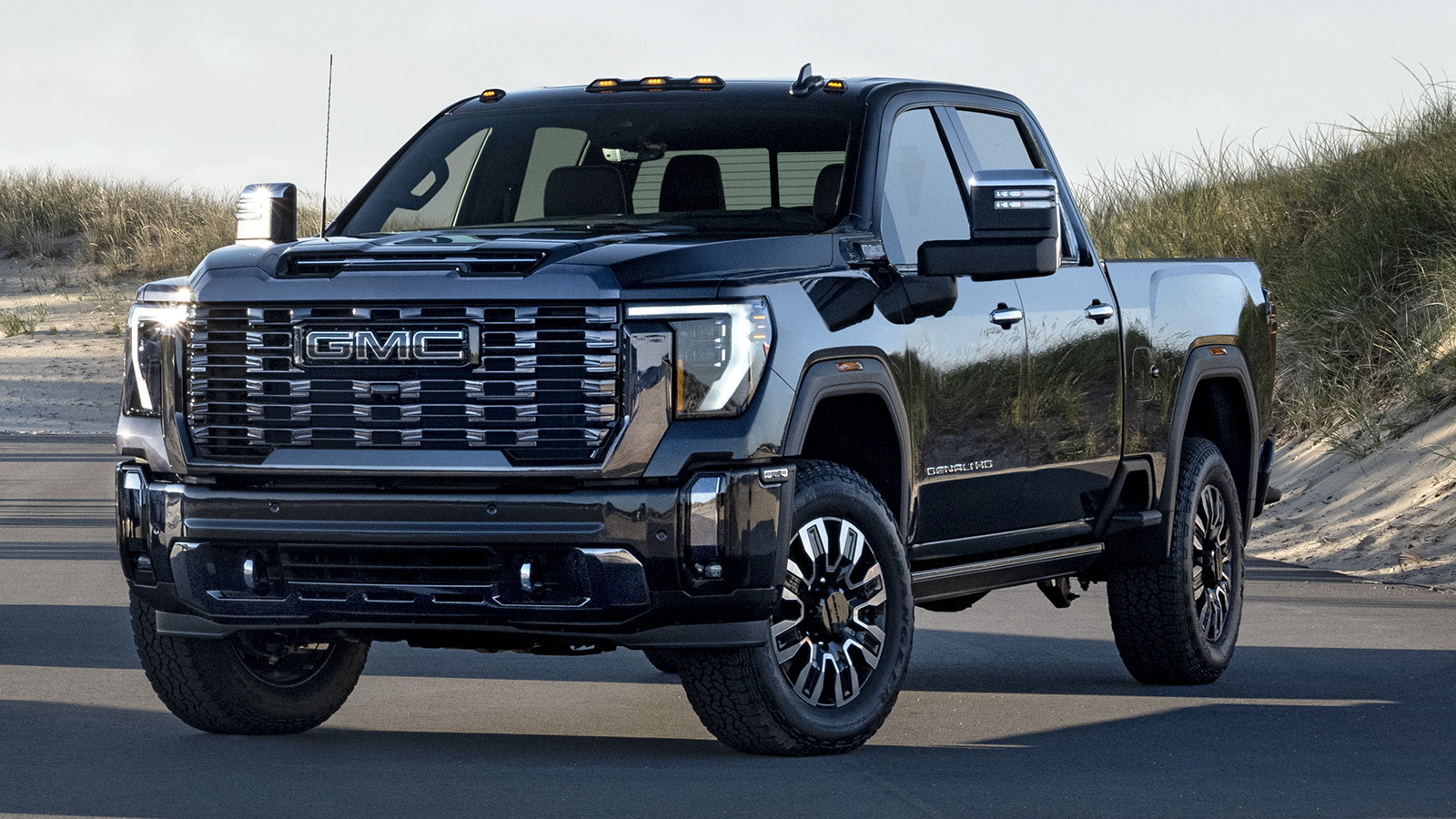In recent years, automotive technology has evolved at a rapid pace. From advanced driver assistance systems (ADAS) to fully autonomous driving, the need for high-resolution, real-time video imaging has never been greater. One key component behind this advancement is the Caméra LVDS. But what exactly is an LVDS camera, and why is it so critical in modern vehicles?
In this blog, we’ll explore everything you need to know about LVDS cameras in automotive systems, including:
- What LVDS stands for
- How LVDS cameras work
- Key features and advantages
- Automotive use cases
- LVDS vs other camera interfaces
- Future trends and considerations
Let’s dive in.
1. What Does LVDS Stand For?
LVDS stands for Low Voltage Differential Signaling. It is a high-speed, low-power data transmission method used for transmitting video and data signals at high rates over relatively long distances, with minimal interference.
LVDS technology was initially developed for computer displays but has since been widely adopted in automotive applications due to its excellent balance of speed, power efficiency, and reliability.
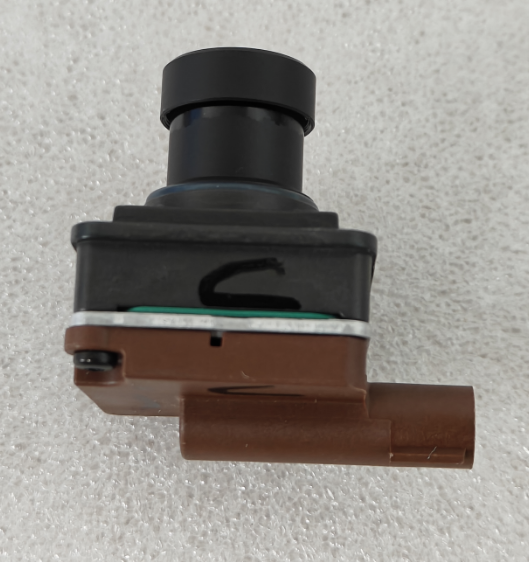

2. What is an LVDS Camera?
Un Caméra LVDS is a type of digital camera module that transmits image data using the LVDS protocol. In the automotive context, these cameras are typically installed around the vehicle—front, rear, or side—to support real-time video applications such as:
- Aide au stationnement
- Lane departure warning systems
- Surround view monitoring (360°)
- Blind spot detection
- Autonomous driving systems
LVDS cameras are known for their ability to transmit uncompressed high-definition video with very low latency, making them ideal for time-sensitive and mission-critical automotive applications.
3. How Does an LVDS Camera Work?
Unlike traditional analog cameras or even some USB-based digital cameras, LVDS cameras transmit video data via differential pairs of wires, which helps reduce electromagnetic interference (EMI) and allows for high-speed data transfer.
Here’s a simplified overview of how it works:
- Image Capture: The camera module captures video from its lens and sensor.
- Data Conversion: The sensor converts optical information into digital signals.
- LVDS Encoding: These digital signals are encoded using the LVDS protocol.
- Transmission: The data is transmitted over twisted-pair cabling to the vehicle’s ECU (Electronic Control Unit) or image processor.
- Real-Time Processing: The ECU processes the video feed in real time for various ADAS or display functions.
LVDS supports transmission speeds of up to 1.5 Gbps or more, enabling high-resolution video without delay.
4. Key Features of Automotive LVDS Cameras
LVDS cameras are specifically designed for in-vehicle applications and come with several unique benefits:
a. High Bandwidth & Low Latency
LVDS supports real-time transmission of uncompressed video, which is critical for ADAS functions that require instant feedback.
b. EMI Immunity
LVDS uses differential signaling, which minimizes electromagnetic interference, a crucial factor in the complex electronic environments of vehicles.
c. Long Cable Lengths
LVDS can support cable lengths of over 10 meters without signal degradation, making it ideal for large vehicles like SUVs, RVs, and trucks.
d. Low Power Consumption
Despite high-speed performance, LVDS requires low voltage (typically 1.2V or 1.8V), which helps reduce overall power consumption.
e. Scalability
LVDS interfaces can support multiple cameras through multiplexing and deserialization, which is important for multi-camera systems such as surround view.
5. Common Use Cases for LVDS Cameras in Vehicles
Modern vehicles use multiple LVDS cameras in various configurations. Here are some common applications:
a. Rear View Cameras
Used for reverse parking, these cameras provide high-definition video to the dashboard monitor with minimal delay.
b. 360° Surround View Systems
Multiple LVDS cameras mounted on all sides of the vehicle are stitched together to create a bird’s-eye view for safer parking and maneuvering.
c. ADAS (Advanced Driver Assistance Systems)
Front-facing LVDS cameras work with radar and LiDAR to detect lanes, obstacles, and other vehicles, enabling features like automatic emergency braking and adaptive cruise control.
d. Mirror Replacement Systems
Some vehicles now use cameras to replace side mirrors. LVDS cameras ensure real-time video transmission to internal display screens.
e. In-Cabin Monitoring
With growing concerns over driver fatigue and distraction, in-cabin LVDS cameras monitor eye movement and posture to enhance safety.
6. LVDS vs Other Camera Interfaces
Let’s compare LVDS with other common camera interfaces used in automotive systems:
| Fonctionnalité | LVDS | Analog CVBS | USB | Ethernet (GMSL/FPD-Link) |
|---|---|---|---|---|
| Résolution | HD or higher | Low (SD) | HD | HD/4K |
| Latency | Very low | Moderate | High | Low |
| EMI Resistance | High | Low | Medium | High |
| Cable Length | Long (>10m) | Medium (~5m) | Short (~3m) | Long (>15m) |
| Power Consumption | Low | Low | High | Medium |
| Coût | Medium | Low | Medium | High |
While newer standards like GMSL (Gigabit Multimedia Serial Link) et FPD-Link III offer higher performance, LVDS remains a cost-effective and robust choice for many automotive manufacturers.
7. Choosing the Right LVDS Camera for Your Vehicle
When selecting an LVDS camera for automotive applications, consider the following factors:
- Image Resolution (720p, 1080p, etc.)
- Angle de l'objectif (wide-angle for rear view, narrow for front ADAS)
- Résistance aux intempéries (IP67 or higher)
- Compatibility with ECU or decoder chip
- Mounting type (flush mount, license plate mount, etc.)
OEM and ODM solutions are available for specific vehicle models, and some providers like DT-Caméra offer custom LVDS camera systems for unique applications including fleet vehicles, RVs, and commercial trucks.
8. Future Trends in Automotive LVDS Cameras
As automotive systems become more intelligent and connected, the role of LVDS cameras will continue to evolve. Some emerging trends include:
- Higher Resolutions (4K and beyond) for autonomous driving
- Integration with AI-powered edge computing
- Miniaturized camera modules for aesthetic integration
- Hybrid systems combining LVDS with Ethernet or wireless transmission
In the long run, LVDS may eventually be replaced by ultra-high-speed serial interfaces, but for now, it remains a powerful and cost-effective solution.
Conclusion
LVDS cameras are a foundational technology in today’s vehicles, enabling real-time, high-resolution imaging for everything from simple parking assistance to complex ADAS functions. With their high bandwidth, low power requirements, and strong EMI resistance, they offer a compelling solution for automotive video transmission needs.
If you’re looking to integrate LVDS camera systems into your vehicles or OEM project, partnering with a reliable provider like DT-Caméra ensures high-quality, customizable solutions tailored to your specific requirements.


